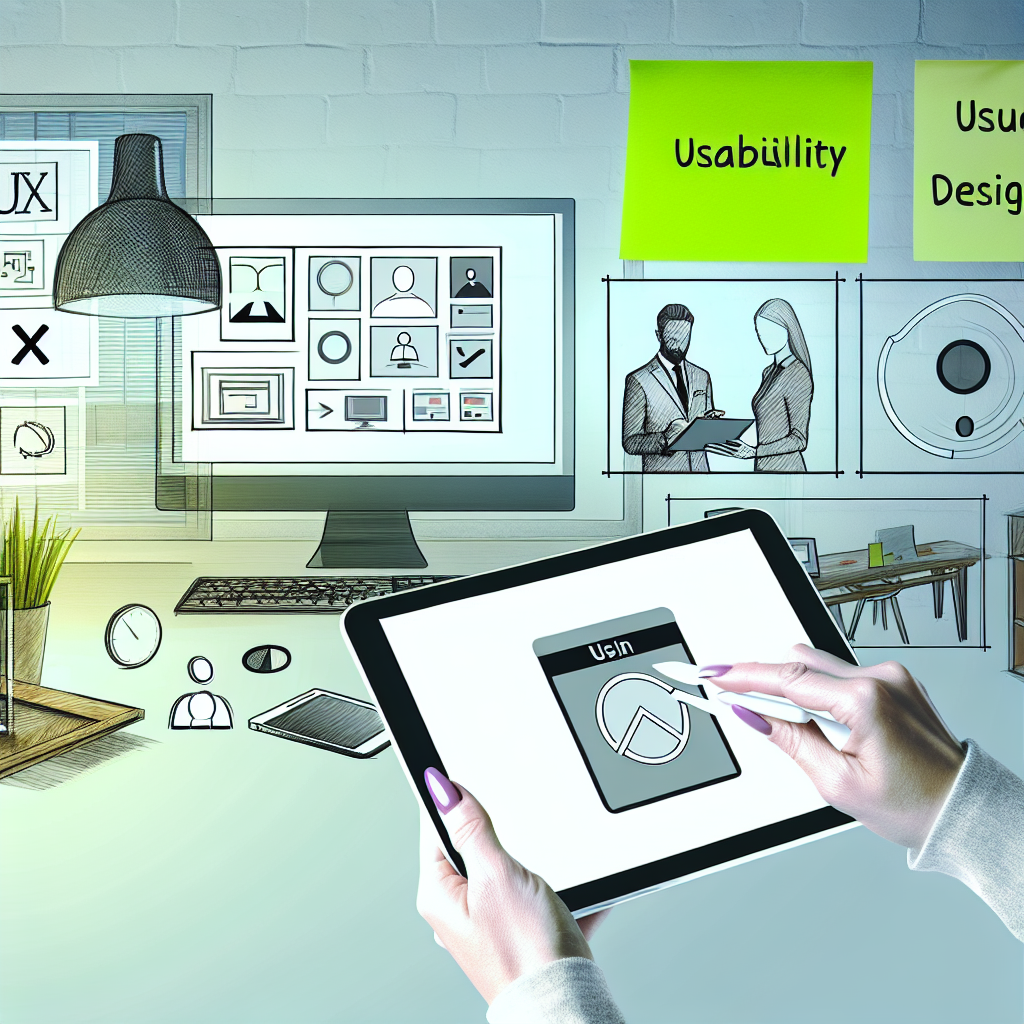
User Experience (UX) design is foundational for creating effective, engaging, and user-friendly interfaces. Enhancing Customer Experience (CX) significantly relies on understanding and implementing the basics of UX design. By optimizing the framework and aesthetics of a product or service, businesses can meet the modern consumer’s demand for seamless and intuitive interactions.
Good UX design is essential for improving customer satisfaction, loyalty, and overall user convenience.
UX design encompasses several crucial elements that directly influence Customer Experience. By focusing on these aspects, businesses can create more user-centric products and services.
Understanding your audience is critical in UX design. Conducting user research helps in gathering data on what your users need, want, and expect. Creating user personas based on this research can guide design decisions and ensure that the product meets real user requirements.
Creating user personas helps in aligning the product features with the user’s needs, leading to a better customer experience.
Wireframing and prototyping are essential steps in the UX design process. Wireframes provide a visual blueprint of the layout, helping designers and stakeholders to understand the structure and flow of the website or app. Prototypes, on the other hand, are interactive versions of the design that allow for user testing and feedback.
By iterating on wireframes and prototypes, designers can refine and improve the user interface before final implementation.
User testing allows designers to validate their design choices by observing real users as they interact with the product. Gathering feedback during user testing can highlight areas for improvement and ensure that the final product meets user expectations.
Continuous user testing throughout the design process is crucial for creating an effective and user-friendly interface.
To create the best customer experience, it’s essential to implement foundational UX design principles. Some key principles include simplicity, consistency, and feedback.
Simplicity: Aim to create a straightforward and intuitive design that requires minimal learning effort. Users should be able to navigate the interface without confusion.
Consistency: Maintain uniformity in the design elements across the interface to avoid confusing users. This includes consistent use of colors, fonts, and interaction patterns.
Feedback: Provide users with timely and clear feedback on their actions. This can be in the form of confirmation messages, error alerts, or progress indicators.
UX design directly impacts business performance by enhancing customer satisfaction, reducing churn rates, and increasing customer loyalty. A well-designed user experience leads to higher conversion rates, longer user engagement, and positive word-of-mouth marketing.
Investing in UX design can result in significant long-term benefits for businesses by fostering a loyal customer base and driving growth.
Various tools are widely used in UX design to streamline the design process and foster collaboration. Some popular tools include:
Each tool offers unique features that cater to different aspects of UX design, enabling designers to create effective and engaging interfaces.
